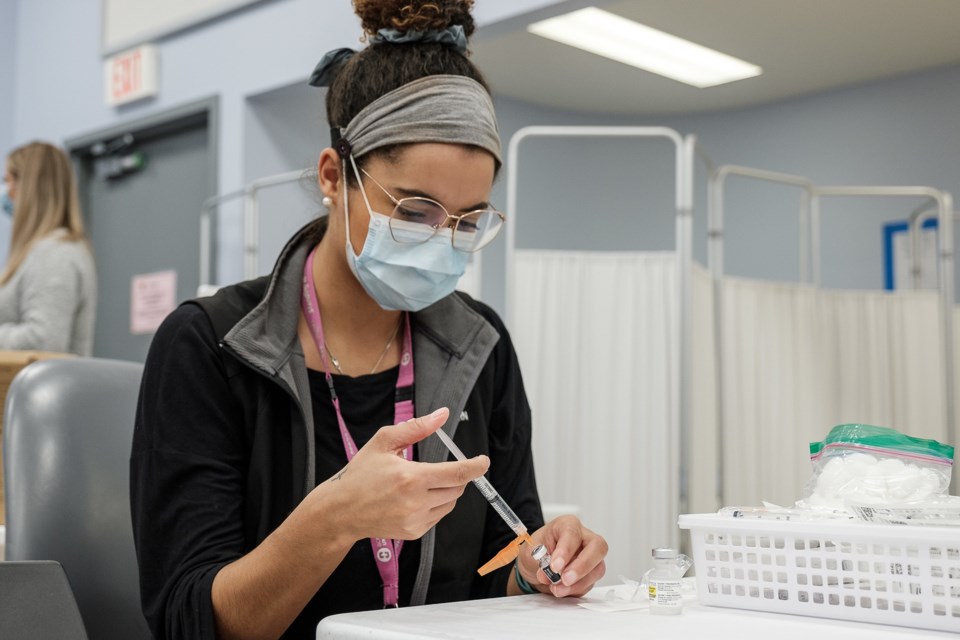The release of B.C.’s “restart” plan was quick to have a positive impact on a general public that has been looking for certainty on so many levels during this pandemic.
Restaurants and pubs once again appear to be busy and more people seem to be out walking around their communities. I’m sure the good weather has something to do with it, but many people I talk to say the restart plan finally provided that proverbial light at the end of what has been a dark and long tunnel.
One of the more unusual aspects of the plan is that it contains concrete targets and dates, which together provide a road map of where we hope to go this summer.
Until now, B.C’s public health officials had been reluctant to set those targets and dates that related to when restrictions could be lifted or be put in place.
Now we have three dates looming large in our lives: June 15, July 1 and September 7.
Each date signified another “step” towards getting back to a semblance of normalcy in our daily lives. The dates are tied to targets that involve rising vaccination rates and declining COVID-19 cases and hospitalizations.
If the targets are not met, then the dates will change and be moved back. However, they look attainable.
Take the minimum goal for first doses of vaccine to make the July 1 and September 7 dates: 70 per cent of those aged 18 and older.
We are already close to achieving that figure and in fact should exceed it this week or next. We may even get to a rate of more than 80% by the end of June.
The other two markers that will tell us whether we can do such things as travel across the country or attend sporting events in limited numbers this summer are declining figures for both daily COVID-19 case numbers and hospitalizations.
Again, we are already heading in the right direction on both fronts.
Our average daily cases have declined in number since the peak of the wave in early and mid-April. We have gone from more than 1,000 cases a day to fewer than 350 a day.
When it comes to hospitalizations, more good news. The province’s weekly hospital admission count for COVID-19 cases peaked at 383 in mid-April and declined each week since (158 people entered hospital last week). Our ICU cases have been declining as well.
Our test positivity rate for the virus has been dropping steadily as well, and now sits just above 5% after peaking at almost 11% in April.
With more and more people getting vaccinated - more than 330,000 doses a week recently -there is no reason to think this turnaround in our COVID-19 indicators cannot be sustained.
The one caveat to this optimistic view are the “variants of concern.” Most COVID-19 cases are now considered to be one of the variants of concern with the B.1.1.7 (originally discovered in the U.K.) the most prevalent with the P.1 (originally discovered in Brazil) rapidly gaining on it in numbers.
However, the B.1.617 variant (originally discovered in India) may be the biggest threat. While there have been relatively few cases of it detected, it is growing the fastest of them all on a percentage basis (its rapid spread is threatening the U.K.’s plan to further re-open in late June).
Let’s hope the variants of concern don’t spoil what looks to be a fairly active summer for everyone.
Keith Baldrey is chief political reporter for Global BC.



